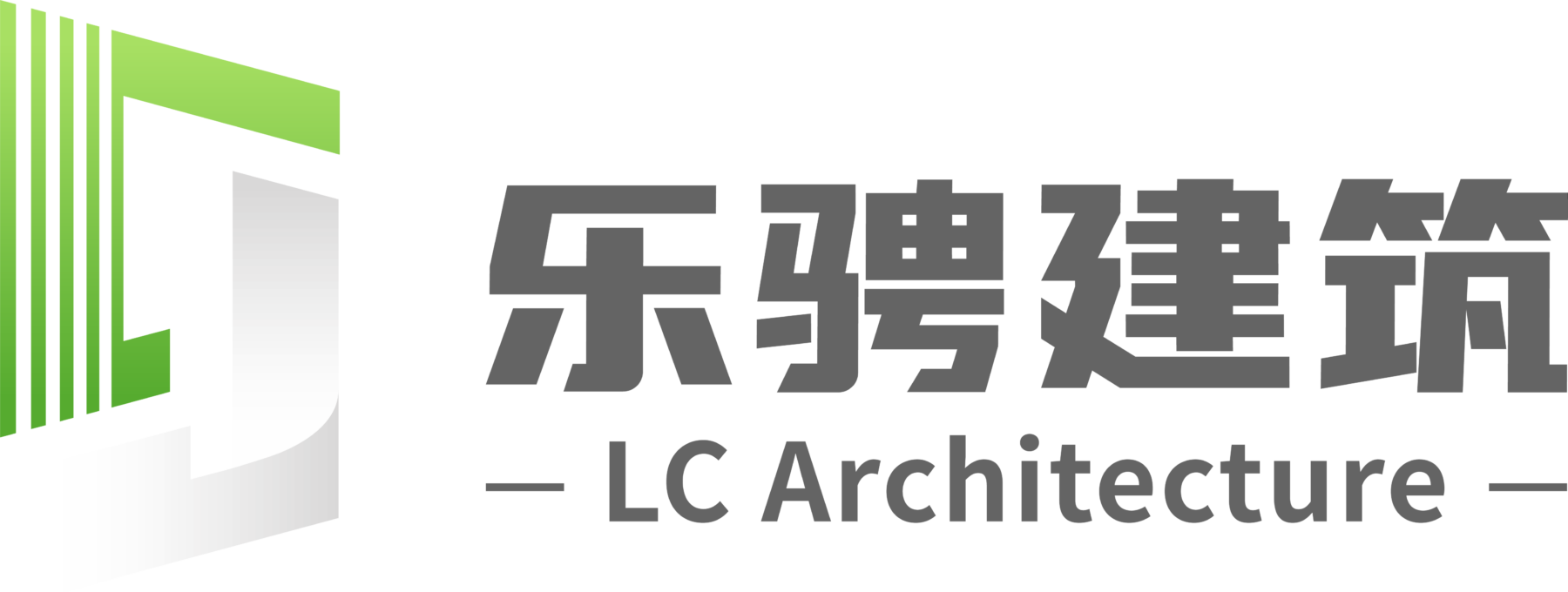This website uses cookies so that we can provide you with the best user experience possible. Cookie information is stored in your browser and performs functions such as recognising you when you return to our website and helping our team to understand which sections of the website you find most interesting and useful.

WorldGBC’s Asia Pacific Net Zero Readiness Framework presents a holistic approach to advancing net zero in the built environment.
Our Framework has been developed by Green Building Councils (GBCs) in the Asia Pacific region, supporting the building and construction industry on their journey to net zero emissions by 2050.
The Asia Pacific region makes up 60% of the world’s population, with more than 2 billion people living in urban areas. The way we build within these urban areas in the next 10 years is critical.
The Framework will break down the key elements needed to accelerate the uptake of net zero and deliver guidance on how to achieve a decarbonised built environment.
It will highlight the market readiness of different countries / regions, celebrating leadership as well as outlining next steps for those at an earlier stage of their net zero transition.
WorldGBC Asia Pacific Net Zero Readiness Framework – five categories for a net zero future:

Please click into the relevant Framework categories below to find detailed performance guidance, supporting documents and case studies. Please note that some of the content is still under development.

1. Government Leadership
Government, NDCs and key decision makers should commit to carbon neutrality target and pave the national roadmap towards this common goal.
Readiness Goal 1.1: Existence of a developed national emissions target and a defined role of the building sector in delivering that target.
Readiness Goal 1.2: Development and public communication of a national decarbonisation roadmap for the built environment.
Readiness Goal 1.3: Delivery of the national emissions roadmap through implementation of mandatory regulations and/or performance requirements in support of achieving net zero.
Readiness Goal 1.4: Development and public communication of the national grid decarbonisation plan. Action taken as soon as possible and progressively improve towards providing readily available clean energy options for the built environment.
Readiness Goal 1.5: Development and implementation of policies that promote availability and access to a local carbon market.

2. Technical Solutions/Approaches
Project should adopt new and innovative technologies in advancing net zero for both operational and embodied carbon. Project should follow the WorldGBC’s whole life carbon vision guiding principles.
Readiness Goal 2.1: Achieve public and private sector consensus on a clear and agreed definition of net zero
Readiness Goal 2.2: Garner public commitments by industry leaders towards net zero
Readiness Goal 2.3: Create an energy performance improvement strategy
Readiness Goal 2.4: Create an embodied carbon performance improvement strategy
Readiness Goal 2.5: Implement policies and expand infrastructure works that allow integration of renewable energy to facilitate net zero ready buildings
Readiness Goal 2.6: Implement policies and processes that allow the establishment of an embodied carbon benchmark. Thereafter, through continuous data collection, conduct periodic updates of the benchmark
Readiness Goal 2.7: Develop and implement a recognised net zero certification scheme
Readiness Goal 2.8: Develop and implement a green product certification scheme.

3. Finance
Project/organisation should optimise the potential of green financing and creating a sustainable business case.
Readiness Goal 3.1: Transparent measurement, monitoring and reporting of GHG emissions and sustainability performance. (Developers, asset owners and financial institutions)
Readiness Goal 3.2: Disclose information related to physical and transition risks relevant to a company or portfolio. (Companies and financial institutions)
Readiness Goal 3.3: Development and disclosure of transition plans towards a net zero portfolio or company activities. (companies + financial institutions)
Readiness Goal 3.4: Expand and promote investment instruments supporting net zero transition plans. (government agencies and financial institutions)
Readiness Goal 3.5: Active discussions between policy makers and the private sector to craft policies/incentives in support of the realisation of all relevant RGs. Specifically, RG2 (promote technologies and solutions to achieve net zero) and RG4.2, 4.3, 4.4 (adoption of data technology to monitor progress towards NZE) (government agencies, companies and financial institutions)
Readiness Goal 3.6: Engage in international cooperation, across public and private sectors, to share best practices, knowledge, and resources.

4. Data
Promote transparent and secure data sharing. Build solutions to leverage actionable data.
Readiness Goal 4.1: Based on RG2.1, RG2.3 and RG 2.4, translate improvement strategies and net zero targets into SMART (specific, measurable, achievable, relevant, time-bound) parameters that can quantify the net zero performance.
Readiness Goal 4.2: Implement data governance that facilitate the integration, pre-processing, labelling (semantic annotation) and querying of heterogeneous data.
Readiness Goal 4.3: Implement data infrastructures and processes that enable data collection to account for operational, embodied carbon, and other external data sources that could optimise or contribute to achieving net zero performance.
Readiness Goal 4.4: Adopt digital solution developments to provide actionable data for well-informed and effective decision making and policymaking.
Readiness Goal 4.5: Encourage data transparency through voluntary disclosure to promote accountability, trust and benchmarking of different types of net zero buildings.

5. Mindset
To be the leader and advocator to inspire the industry and promote advancing net zero Beyond the Business Case.
Readiness Goal 5.1: Cultivating a collective net zero commitment
Readiness Goal 5.2: Promoting an innovation driven mindset
Readiness Goal 5.3: Enhancing stakeholder engagement and collaboration
Readiness Goal 5.4: Building resilience and adaptive capacity
Readiness Goal 5.5: Fostering ethical and responsible leadership









